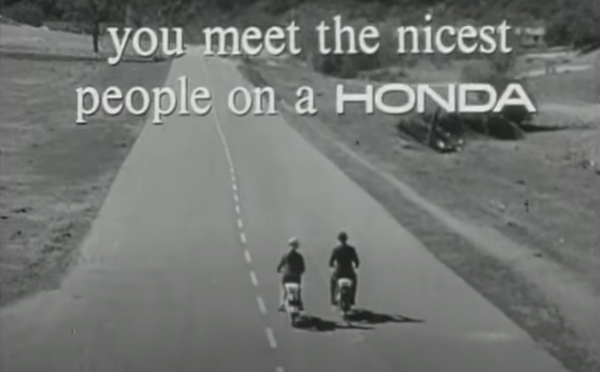Which type of heated motorcycle clothing is best for you?
Heated motorcycle clothing is a must for riding through winter and it comes in a few different varieties - to find out which is best suited to you, read on

HEATED motorcycle clothing is a simple concept that’s been around for longer than you might think. The premise is simple; tiny wires are embedded into the layers of a garment. A current is passed through them and they become warm.
But which heated kit should I go for? To figure that out, let's first look at the types of heated kit on offer and what the pros and cons of each are.

Externally powered heated motorcycle clothing:
These are items that are powered by small battery packs that you carry within your pocket or a pouch within the garment. The battery will include a small control unit to adjust the temperature and advise of the amount of power that’s left.
Pros:
- No wires attaching you to the bike that snag when you fill up
- Low voltage (generally 7-Volts) is great if you're nervous about it going wrong – which it won’t!
- No need to make changes if you need to use the kit on multiple bikes
Cons:
- Low voltage means the temperature is lower than bike-powered kit
- Batteries will run out and take a few hours to recharge
- Can be expensive – as you are buying the item, battery pack, and controller
- Li-Ion and Li-Po batteries only last for so long and then don’t hold a charge like they used to
- Can be overpowered by extremely cold weather
Best choice if…
If you’re riding short distances and getting on and off the bike regularly, some battery-powered kit is the way to go. Ideal for couriers and delivery riders but also great because you also have some heated kit to wear for winter walks and other outdoor activities.

Bike-powered heated motorcycle clothing:
This draws its power from the bike's electrical system and will need wiring in. There will be a small control unit somewhere along the line to change the temperature of your clothing. Most include a fuse that you will have to match to the item of clothing you’re using.
Pros:
- 12V output means the temperature is higher than the battery-powered kit
- No batteries to change or re-charge
- More effective for very cold rides
- Can power multiple items from one line – gloves and jacket/jacket and trousers
- Tends to be cheaper than battery-powered products as all you buy is the clothing and some wires
Cons:
- It’s easy to forget the wires are attaching you to the bike
- Takes a while to set up/swap between bikes
- Can be a bit of a faff if you need to remove clothing at a fuel stop
Best choice if…
If you’re clocking up big miles in one go and only need to stop for fuel and comfort breaks, the bike-powered kit will probably be better. It’s also good if you ride in the coldest weather as the 12v heated clothing can reach higher temperatures than the battery-powered kit.
Okay, so now we know the type of power supply that’ll best suit you but what about the actual garment?
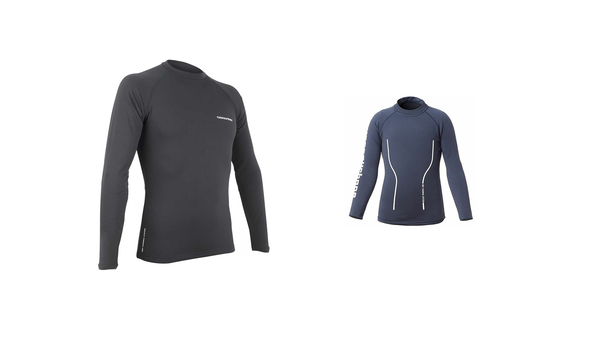
Heated motorcycle base layers:
These are thinly made, close-fitting suits that you wear under your normal riding gear. The small wires that heat the garment are going to be close to your skin which may increase the warming effect of the product.
Pros:
- Can be worn under leathers
- Ideal if you already have good quality textile riding gear
- Can cover a large amount of your body to prevent heat loss
Cons:
- Can make toilet stops difficult if you’re in a rush
- The wires can be felt next to your skin which can become irritating.
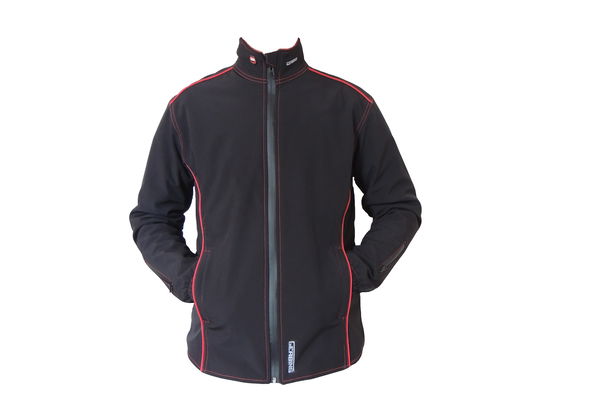
Heated jacket and trouser liners:
These resemble normal clothing and have a small amount of insulation built-in. The insulation means the heat generated is retained in the garment. Generally, fleece-lined and will feel snug next to your skin.
Pros:
- Can be more comfortable than base layers
- Better suited to longer days and distances
- Improved heat retention
Cons:
- Can be bulky and restrict movement
- More expensive than base layers
- Make removal in a hurry difficult
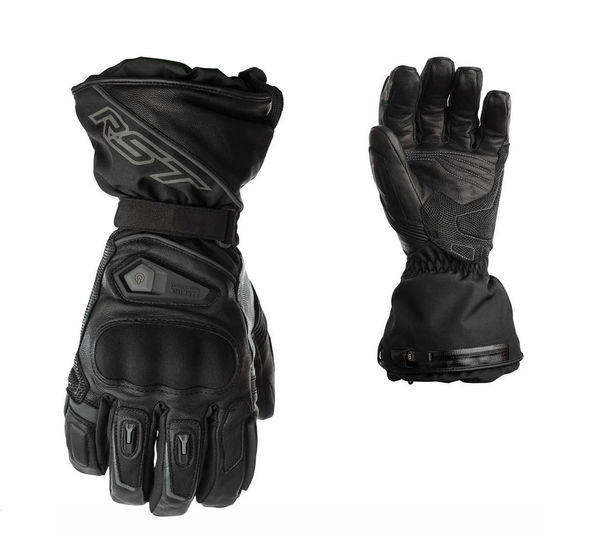
Heated motorcycle gloves:
I tend to find heated gloves more important than any other item of heated kit. I have enough good quality textiles and thermal base layers to keep my upper and lower body warm without outside assistance. But, I also have dozens of pairs of winter gloves that all claim to 100% keep out the cold. The thing is, none of them do, it just takes longer for the cold to creep into your hands and fingers. And once it’s there, nothing but a sit down with a hot drink will make it go away.
Heated gloves work in the same way as any other heated kit, although the heating elements only run over the back of the hands and fingers. This is to prevent the wires from breaking when you're gripping the handlebars.
Pros:
- Warm hands mean better control, and nothing keeps hands warmer than heated gloves
- High levels of insulation mean gloves stay warm when not on the bike
- Although the heat is only on the back of the hand the whole glove warms up
- Small circuits in each glove heat up almost instantly
Cons:
- The connecting wires will get lost up your sleeve at a fuel stop
- They can make jumping on the bike in a hurry tricky, as you now have three things to untangle and plug in
- Once you’ve worn a pair through winter, you never want to wear anything else!
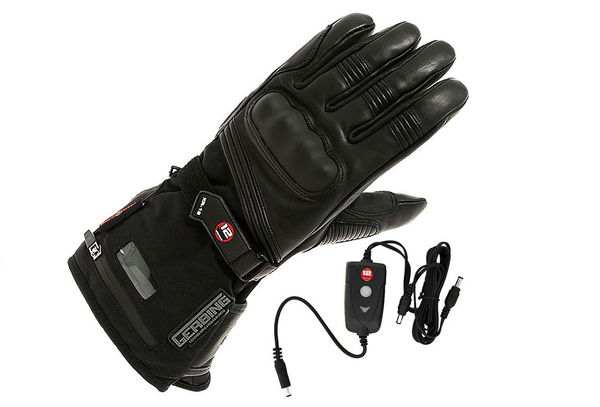
Main points to remember when buying any heated motorcycle clothing
The main thing when buying any heated motorcycle clothing is not to just run out and buy the first thing you see. Do a bit of research and check how well it will fit with the type of riding you do. It’s also well worth sitting down and sewing some of the wires that link the kit to the control unit into one of your winter riding jackets. That way the plugs will always be in the correct position and won’t disappear up your sleeve every time you put your gear on before a ride.
Likewise, an afternoon cable tying the electrical circuit to your bike will mean it’s easier to use and it won’t get caught up in the bike's moving parts potentially causing a crash.
